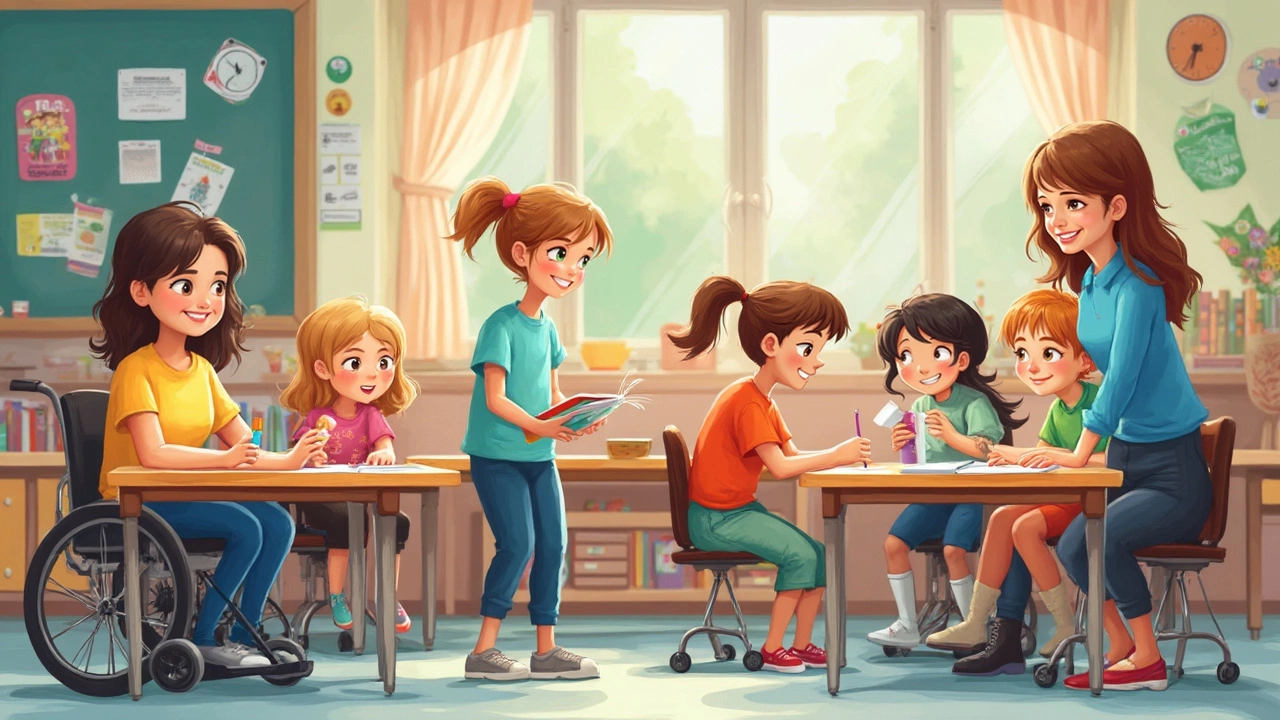Types of Special Needs – A Simple Guide for Parents and Teachers
Ever wondered what "special needs" really covers? It’s more than a buzzword – it’s a set of conditions that affect how a child learns, plays, or communicates. Knowing the basics helps you give the right help at the right time.
Common categories you’ll see
Most children fall into a few broad groups: learning disabilities (like dyslexia), developmental disorders (such as autism spectrum disorder), attention‑related issues (ADHD), physical impairments, and emotional or behavioral challenges. Each category looks different, but they all need understanding and support.
Spotting the signs
Notice a child struggling to read simple words? That could be dyslexia. Does the child avoid eye contact or have intense routines? Those are clues for autism. If they’re constantly fidgeting and can’t sit still, ADHD might be the cause. Early signs are subtle, so pay close attention to everyday behavior.
Teachers often catch these patterns first because they see kids in a learning setting every day. Parents might notice them at home during play or bedtime. The key is open communication – share observations, ask questions, and keep notes on what works and what doesn’t.
Once a need is identified, the next step is a proper assessment. Schools usually have special education teams that can run tests and create an Individual Education Plan (IEP). Outside specialists, like speech therapists or occupational therapists, can add valuable insight too.
Support looks different for each type. For dyslexia, using multi‑sensory reading apps and giving extra time on tests can make a big difference. Kids with autism may thrive with visual schedules, clear routines, and sensory‑friendly spaces. For ADHD, breaking tasks into short chunks and allowing movement breaks helps keep focus.
Physical impairments often require adaptive equipment – think wheelchair‑friendly desks or special keyboards. Emotional and behavioral challenges benefit from consistent routines, calm‑down corners, and sometimes counseling.
It’s also important to teach peers about differences. Simple classroom talks about kindness and inclusion reduce bullying and make every child feel valued. When children understand why a friend might need extra help, they become allies.
Remember, no single label defines a child. Many kids have more than one need, and strengths can shine alongside challenges. Celebrate what they love to do, whether it’s drawing, building, or solving puzzles. Positive reinforcement builds confidence and encourages growth.
Finally, keep learning. New research and tools appear all the time – from gamified learning platforms to wearable tech that tracks focus. Stay connected with teachers, therapists, and parent groups to share ideas and find fresh resources.
Understanding the types of special needs isn’t about labeling; it’s about giving each child the chance to succeed. With a bit of knowledge, patience, and the right support, you can help them thrive in school and beyond.
Understanding the Four Major Types of Special Needs in Children
The article explores the four major types of special needs children face, offering insights into physical, developmental, behavioral/emotional, and sensory impairments. Each type has unique challenges and requires specific approaches in education and care. Through understanding and awareness, we can create better opportunities and support systems for these children to thrive. Practical tips and relatable insights make the article not only informative but also a helpful guide for caregivers and educators.
